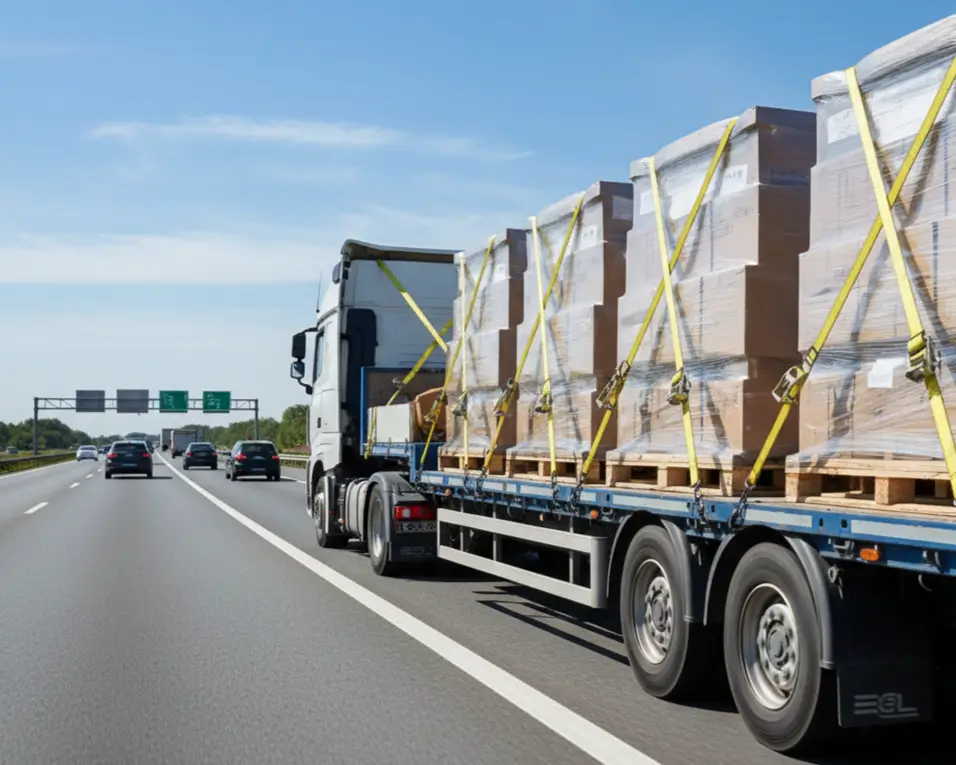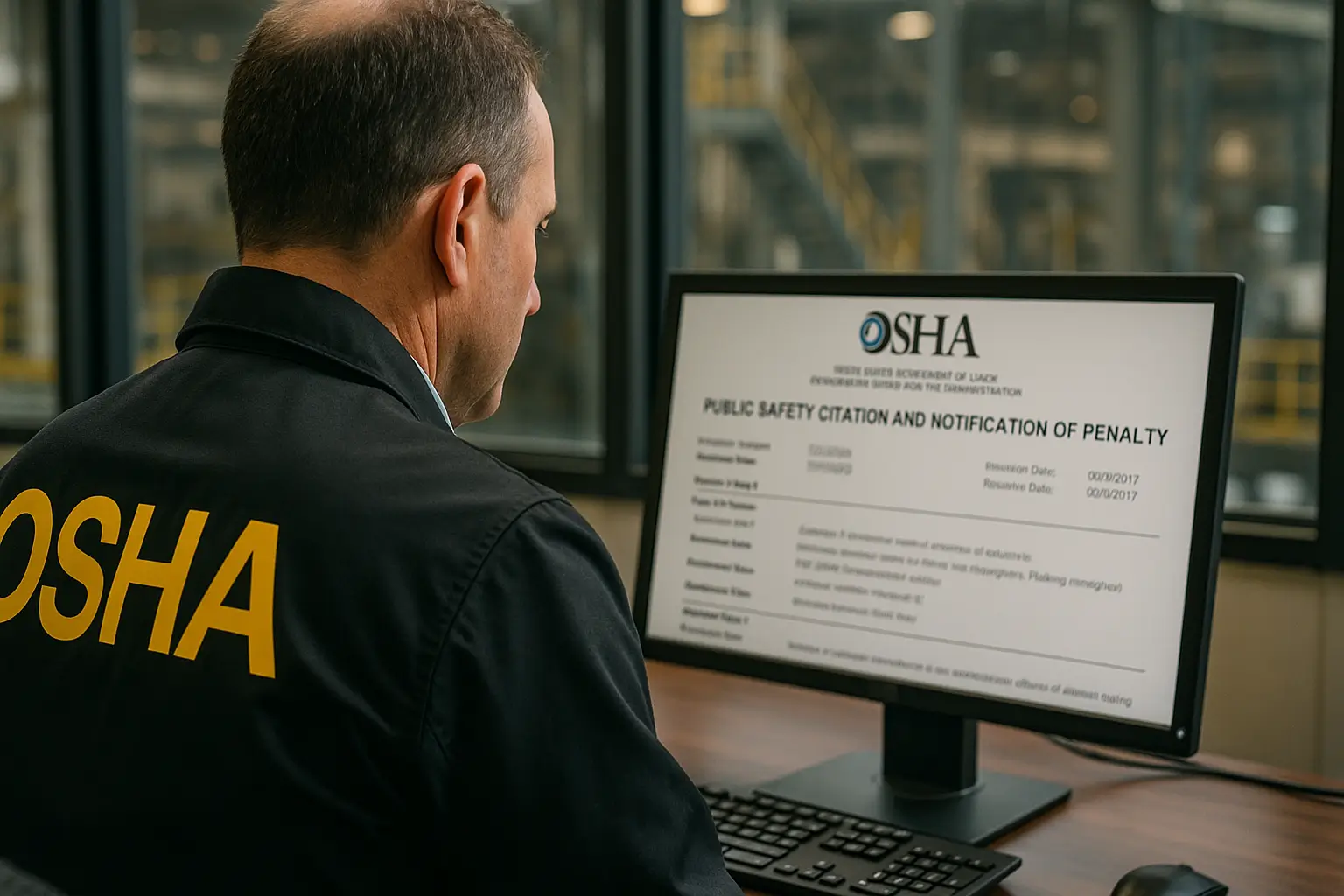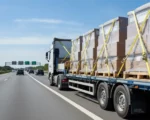Improper load securement remains one of the leading causes of accidents in transportation and logistics, often resulting in injuries, fatalities, and costly damages. Load securement refers to the process of properly restraining cargo so it does not shift, spill, or detach during transit. Beyond preventing accidents, securement plays a critical role in protecting road users, ensuring compliance with federal and international regulations, and maintaining supply chain efficiency. For businesses, it reduces liability, financial losses, and reputational risks. In this blog, we’ll explore the importance of load securement, key standards that govern it, and best practices every company should follow.
What is Load Securement?
Load securement is the practice of safely fastening cargo to prevent it from shifting, falling, or spilling during transport. In simple terms, it ensures that whatever is being carried stays firmly in place until it reaches its destination. This concept applies across multiple industries—whether it’s trucks hauling goods on highways, ships transporting containers, construction vehicles moving heavy equipment, or warehouses storing pallets. Proper securement not only protects the cargo itself but also safeguards drivers, workers, and the public, while reducing risks of damage to vehicles and infrastructure.
Why Load Securement is Critical
Proper load securement is more than just a compliance requirement—it’s a matter of safety, responsibility, and efficiency. Failing to secure cargo correctly can create serious risks on multiple levels:
Safety Risks
Unsecured or poorly secured loads can shift during transport, causing vehicles to lose balance, overturn, or spill cargo onto roadways. These incidents often lead to severe crashes, injuries, or even fatalities. Protecting lives is the most important reason securement must never be overlooked.
Financial Risks
When cargo shifts or falls, it often results in damaged goods, costly replacements, and disrupted deliveries. Insurance claims and increased premiums can further drain company resources. In industries where margins are already tight, these preventable losses add up quickly.
Legal Risks
Load securement is regulated by agencies like the FMCSA and OSHA, with strict standards in place. Failure to comply can result in hefty fines, liability in accident cases, and long-term reputational harm for businesses. Non-compliance not only affects the bottom line but also undermines trust with clients and partners.
Efficiency and Productivity
Secure loads ensure that goods arrive safely and on time, avoiding delays caused by accidents, inspections, or reloading. This efficiency improves customer satisfaction and strengthens a company’s reliability within the supply chain.
Regulations and Standards for Load Securement
Load securement isn’t just a best practice; it’s a regulated requirement across industries and regions. Different agencies and international bodies set standards to ensure cargo safety during transport.
FMCSA Requirements (U.S.)
In the United States, the Federal Motor Carrier Safety Administration (FMCSA) sets strict cargo securement rules under Part 393 of the Federal Motor Carrier Safety Regulations. These outline how loads must be restrained, the types of tie-downs required, and performance criteria to withstand acceleration, braking, and turning forces.
OSHA Involvement
The Occupational Safety and Health Administration (OSHA) plays a role in situations where load handling overlaps with workplace safety, such as securing materials in warehouses, construction sites, or during onsite vehicle operations. OSHA standards emphasize hazard prevention to protect workers directly handling or moving cargo.
International Guidelines
Beyond the U.S., load securement is governed by other major frameworks. In Canada, the National Safety Code (NSC) Standard 10 specifies uniform cargo securement practices. In Europe, EN standards set rules for vehicle load restraint, ensuring harmonized safety practices across borders.
The Compliance Imperative
Meeting these standards is not just a legal necessity—it’s also an ethical responsibility. Complying with regulations helps safeguard lives, protect infrastructure, and build trust with customers and regulatory authorities alike.
Common Causes of Load Securement Failures
Even with regulations in place, load securement failures continue to happen due to preventable mistakes. These failures not only increase the risk of accidents but also lead to costly delays, damaged goods, and compliance violations. Recognizing the most frequent causes is the first step toward avoiding them.
Inadequate or damaged equipment:
Worn-out straps, chains, or binders lose effectiveness and can snap under stress.
Incorrect use of tie-downs:
Misplaced or improperly tightened tie-downs fail to hold cargo securely.
Overloading or uneven weight distribution:
Excessive or poorly balanced loads strain vehicles and increase instability.
Poor training or lack of awareness:
Without proper instruction, workers may overlook securement best practices or regulatory requirements.
Best Practices for Load Securement
Implementing strong security practices helps prevent accidents, protect cargo, and ensure compliance with safety regulations. By making load safety a consistent priority, businesses can improve efficiency and reduce risks.
Conduct pre-trip inspections:
It’s important to check that cargo is properly secured and equipment is in good condition before hitting the road.
Use proper restraints:
Apply the right combination of chains, straps, blocking, or bracing depending on the type of load.
Follow weight and balance guidelines:
Distribute weight evenly and avoid overloading to maintain vehicle stability.
Maintain and replace equipment:
Inspect tie-downs, chains, and binders regularly, replacing anything that shows wear or damage.
Train drivers and employees:
Provide ongoing education on securement rules, techniques, and the importance of compliance.
The Role of Training and Technology
Training is the backbone of effective load securement, ensuring drivers and employees understand both regulations and best practices. Modern technology further enhances safety, with tools like electronic load monitoring, automatic tensioning systems, and telematics helping to track and maintain secure loads in real time. By combining proper education with advanced solutions, businesses can foster a culture of continuous improvement and significantly reduce risks.
Wrap Up
Load securement is more than just a regulatory requirement; it is a critical factor in protecting lives, property, and business reputation. From reducing accident risks to ensuring compliance and efficiency, proper securement practices directly impact workplace safety and operational success. By following standards, adopting best practices, and investing in training and technology, businesses can create safer roads, safeguard their workforce, and build a culture of responsibility.
Enroll in OSHA Load Securement Training
Enhance your knowledge on proper cargo loading, tie-down techniques, and federal adherence standards. Learn at your own pace and get certified online.
Start Training →









